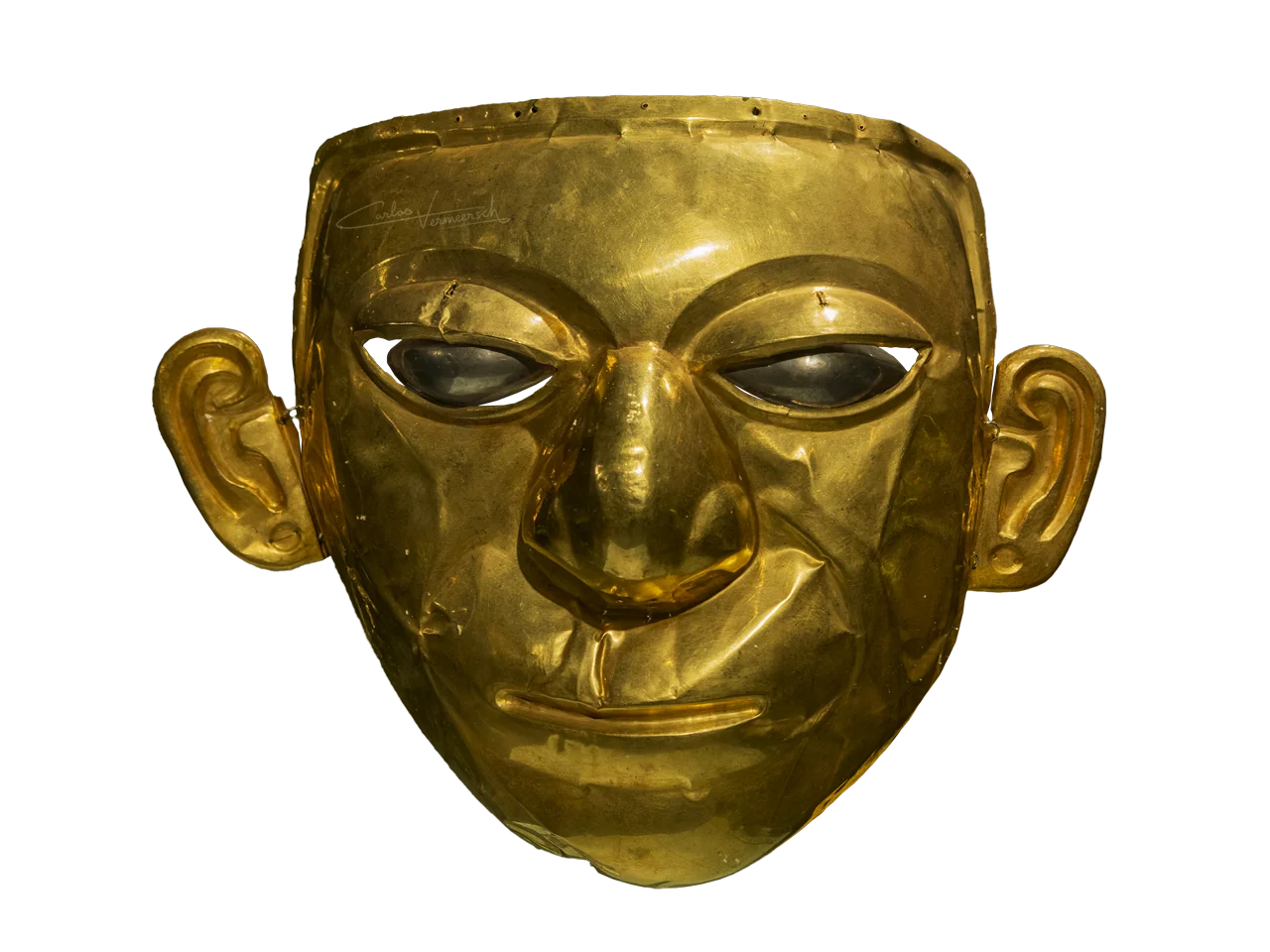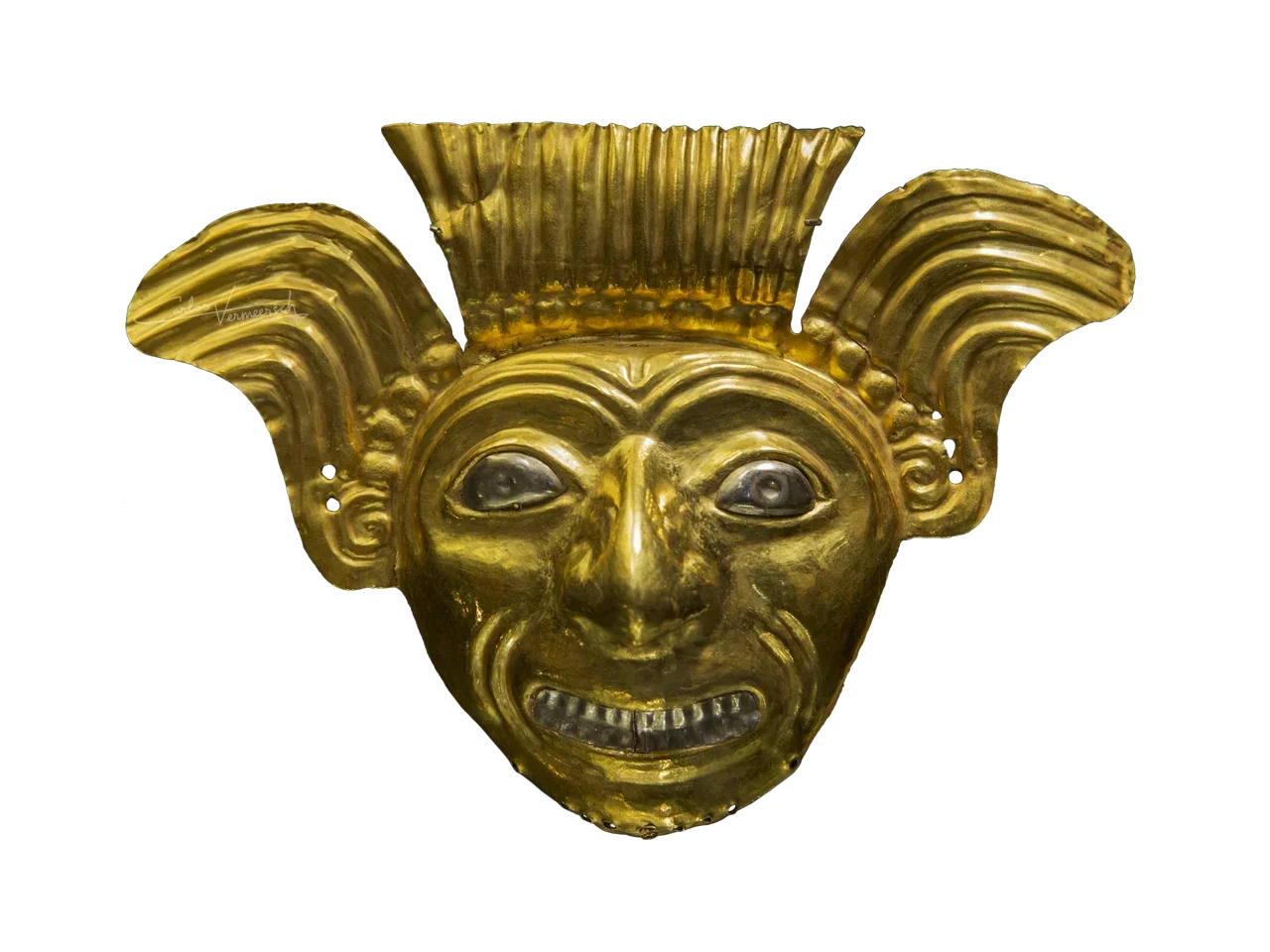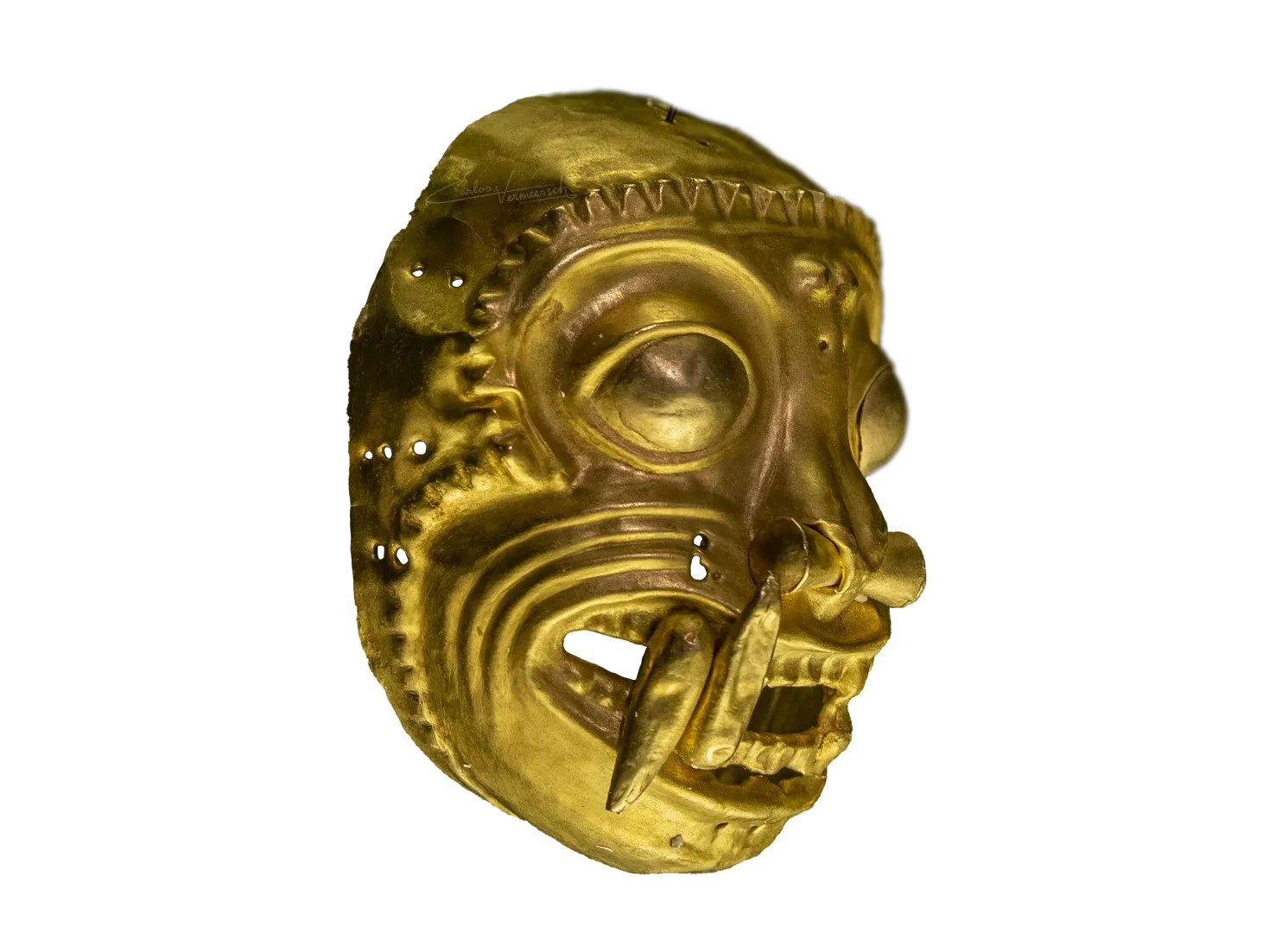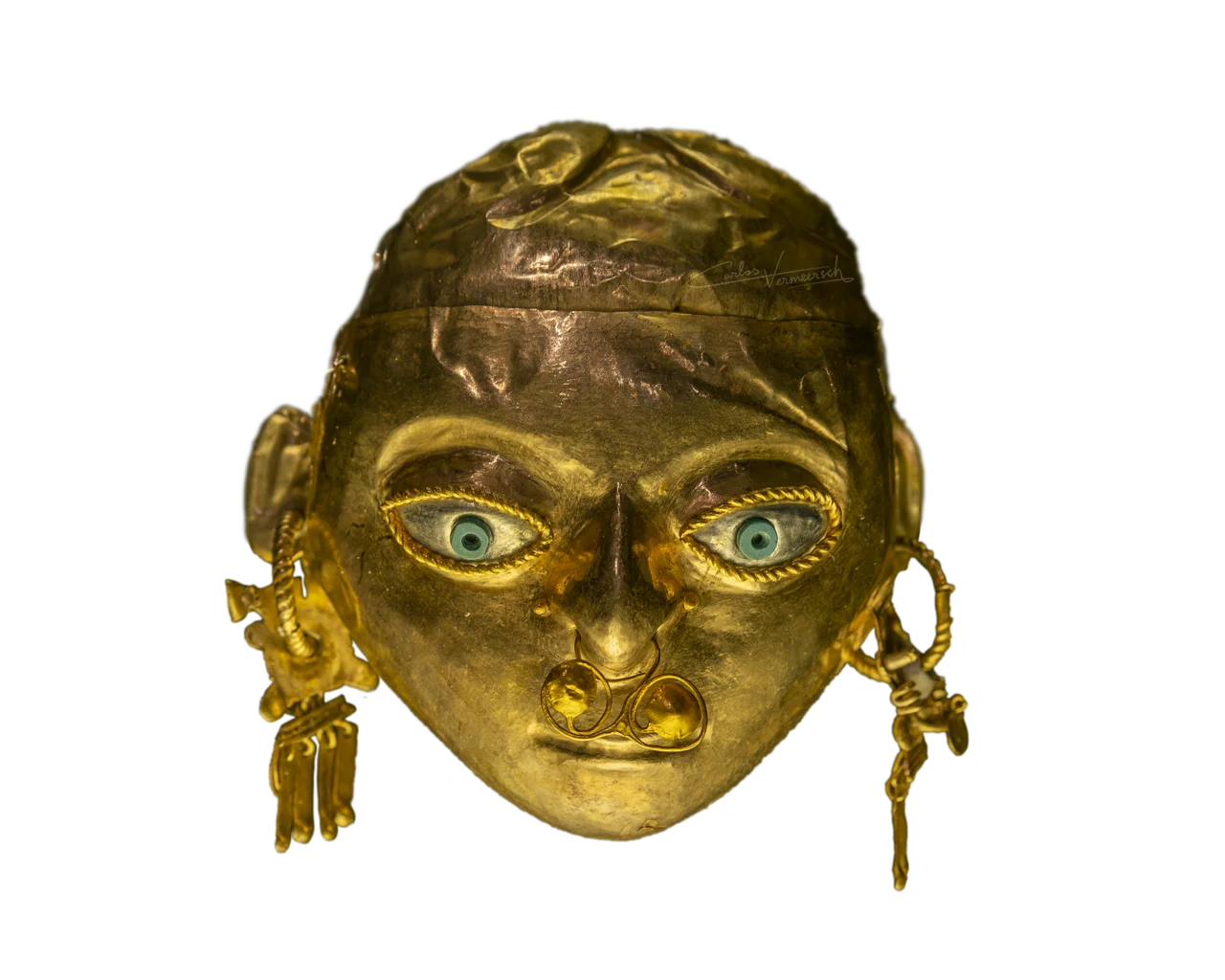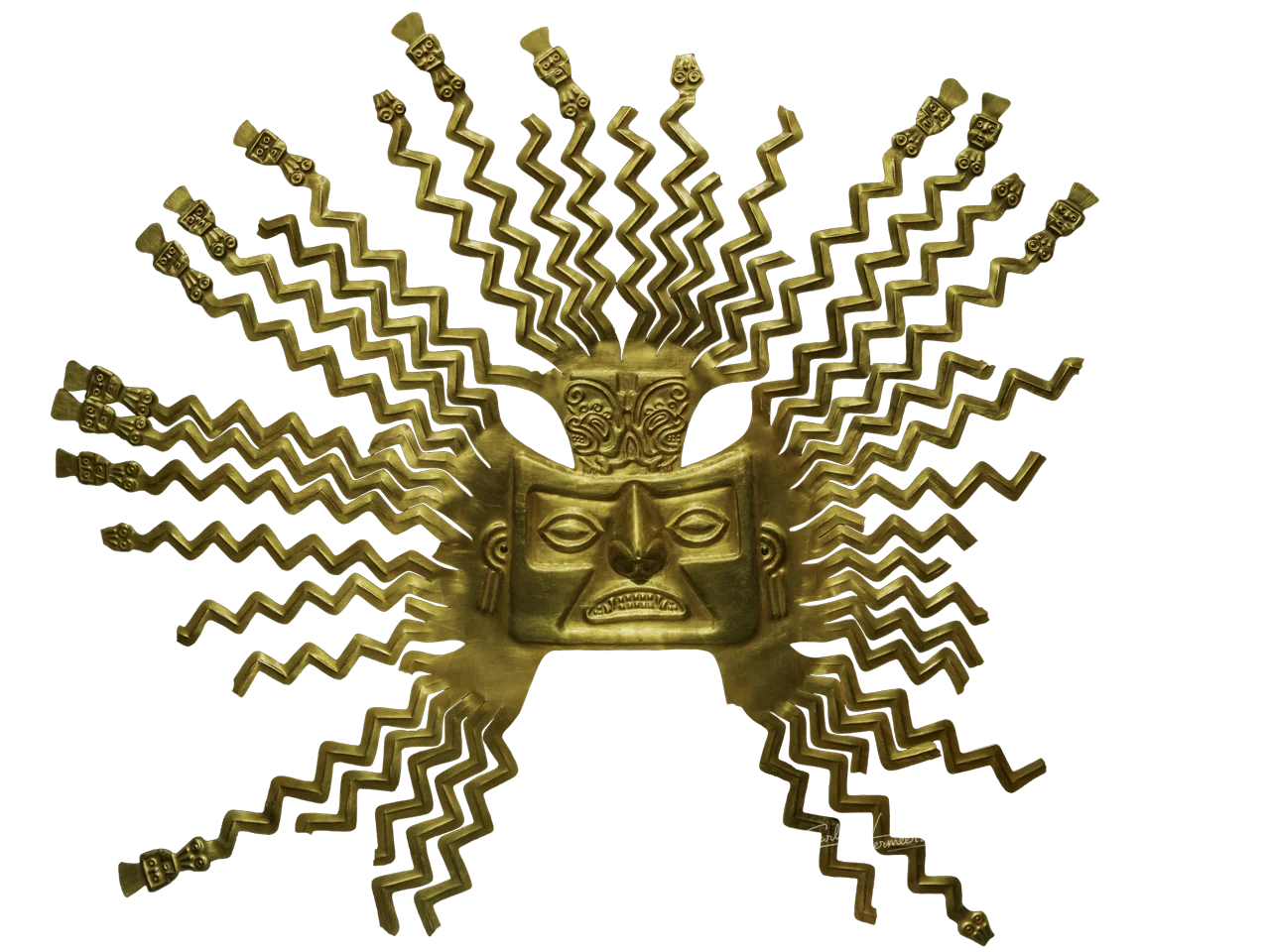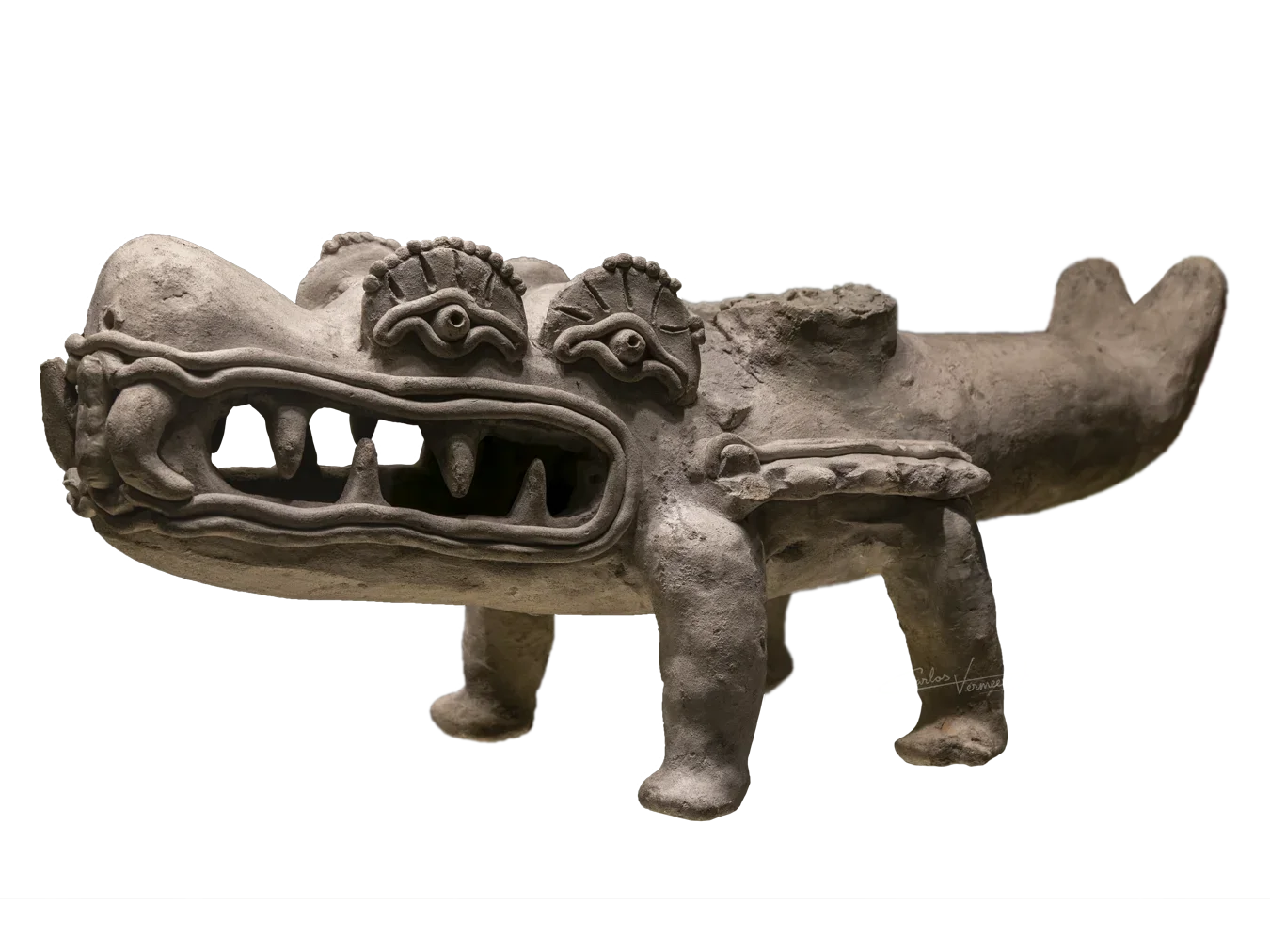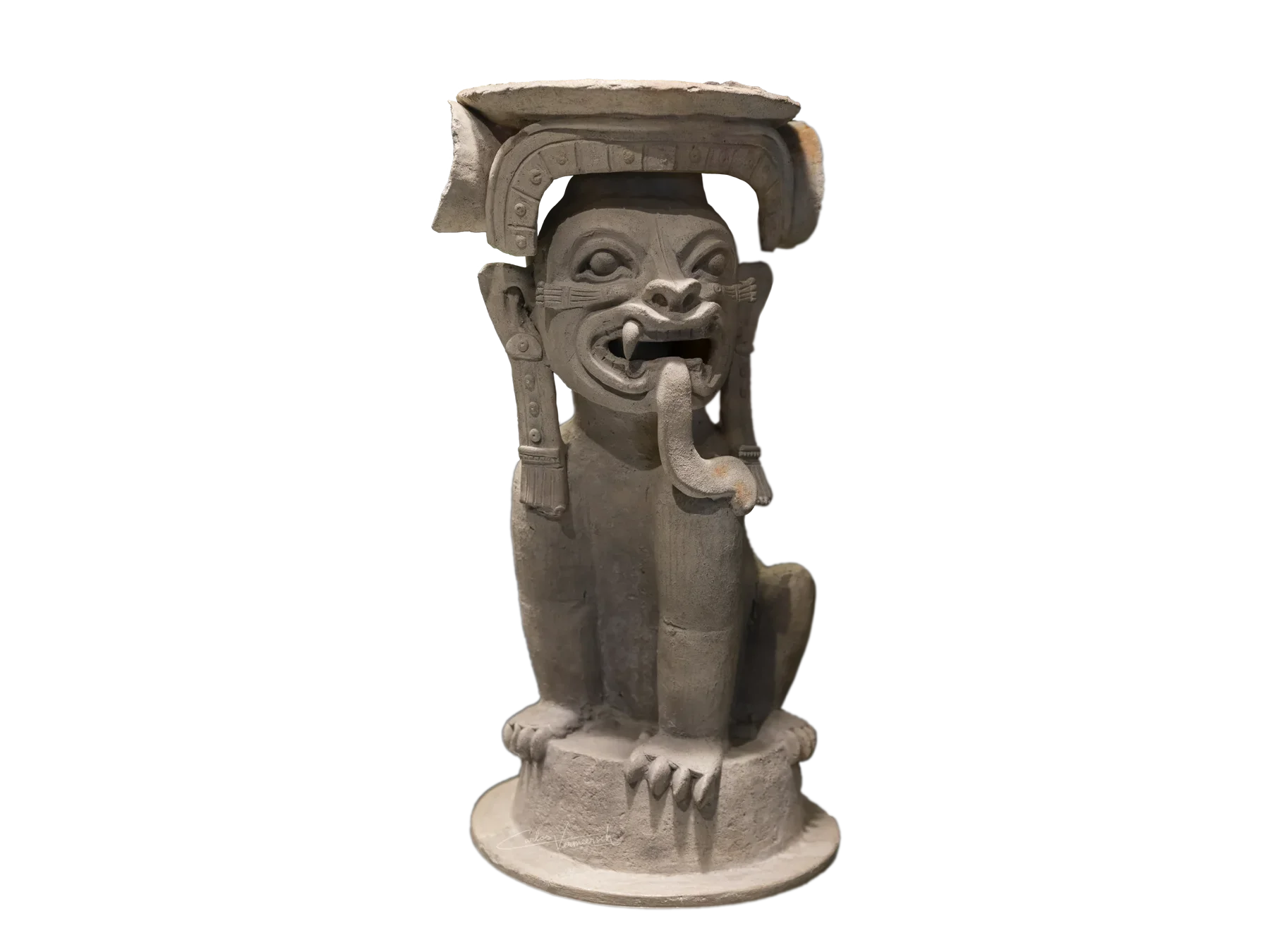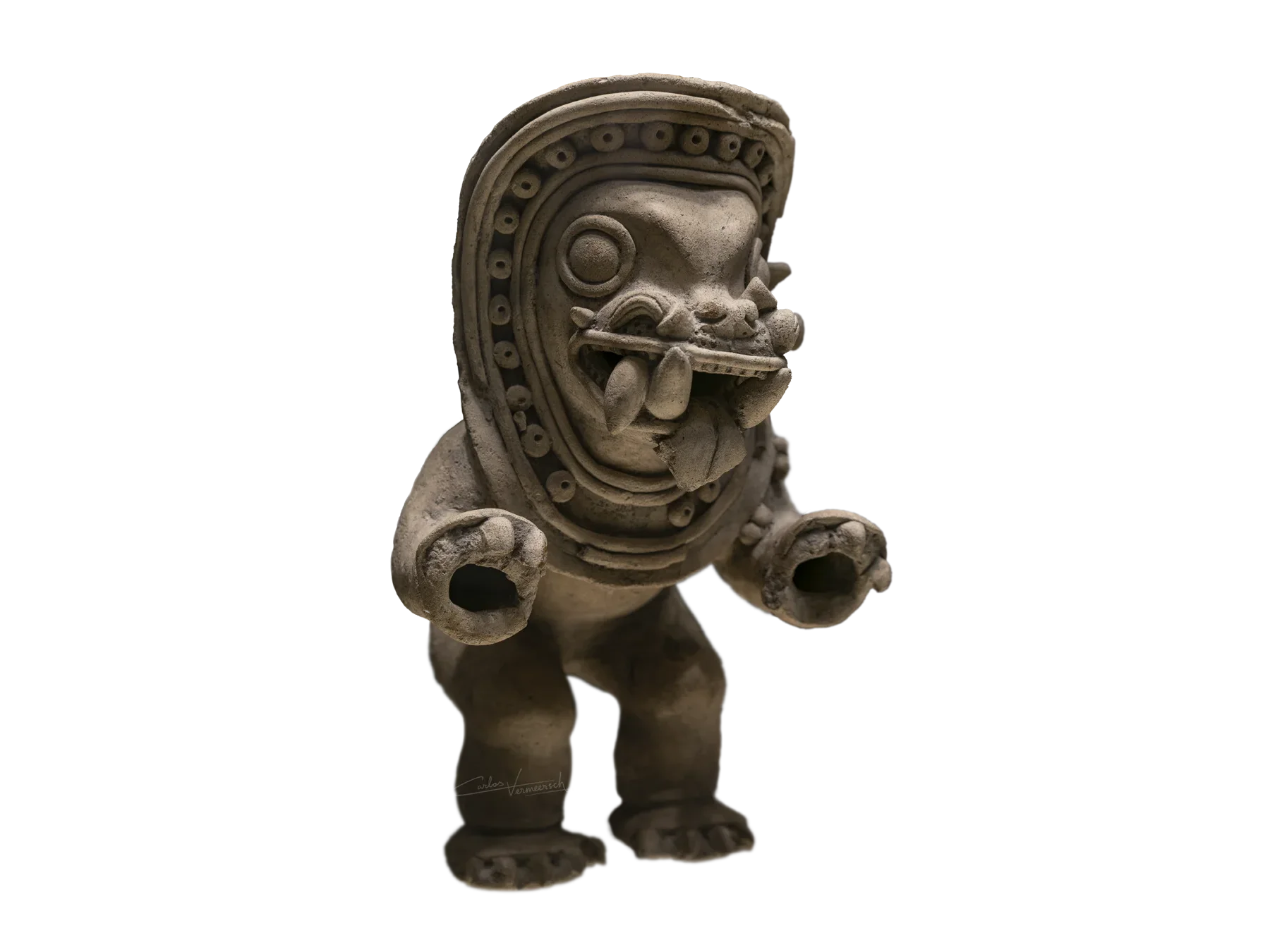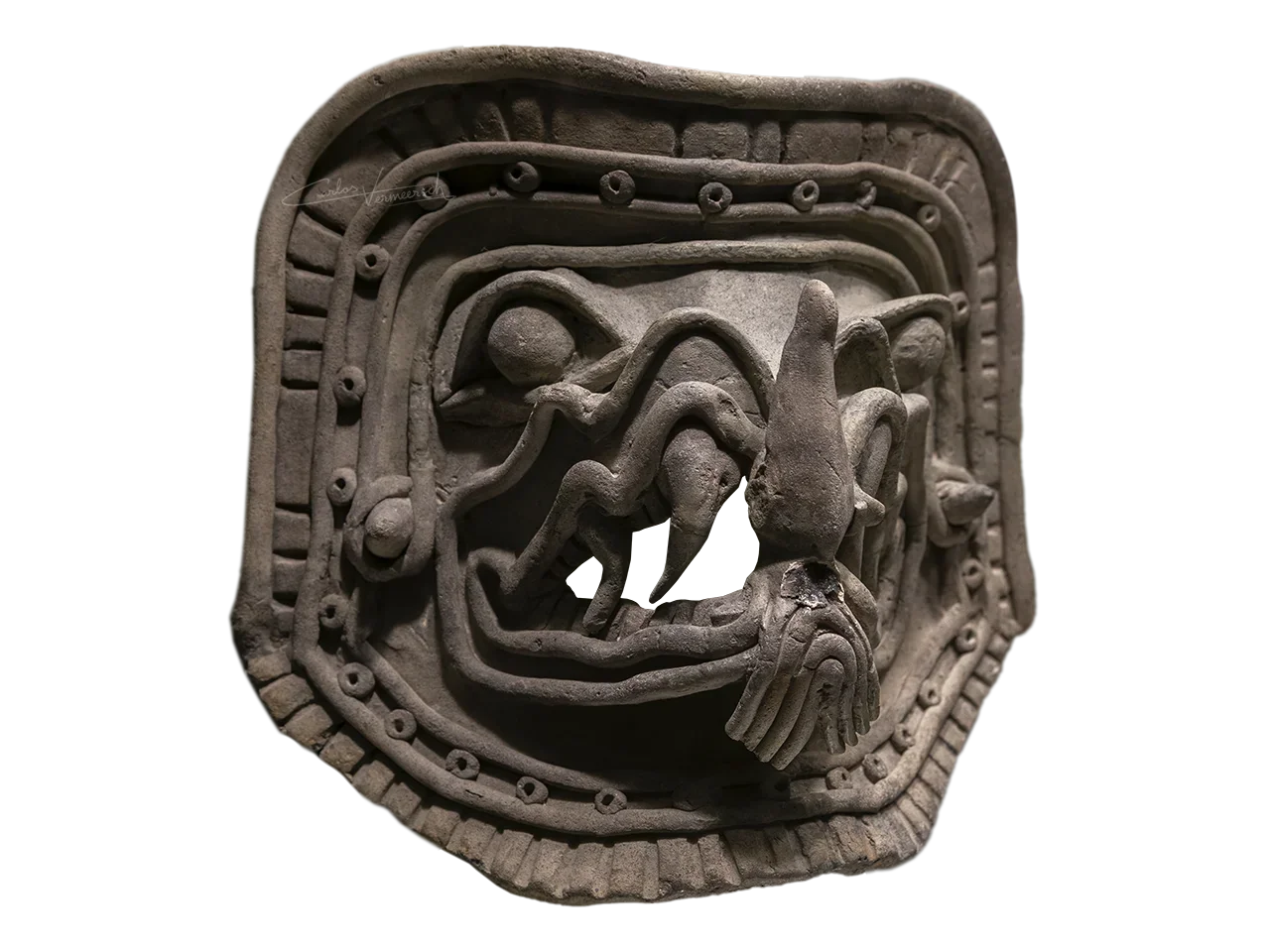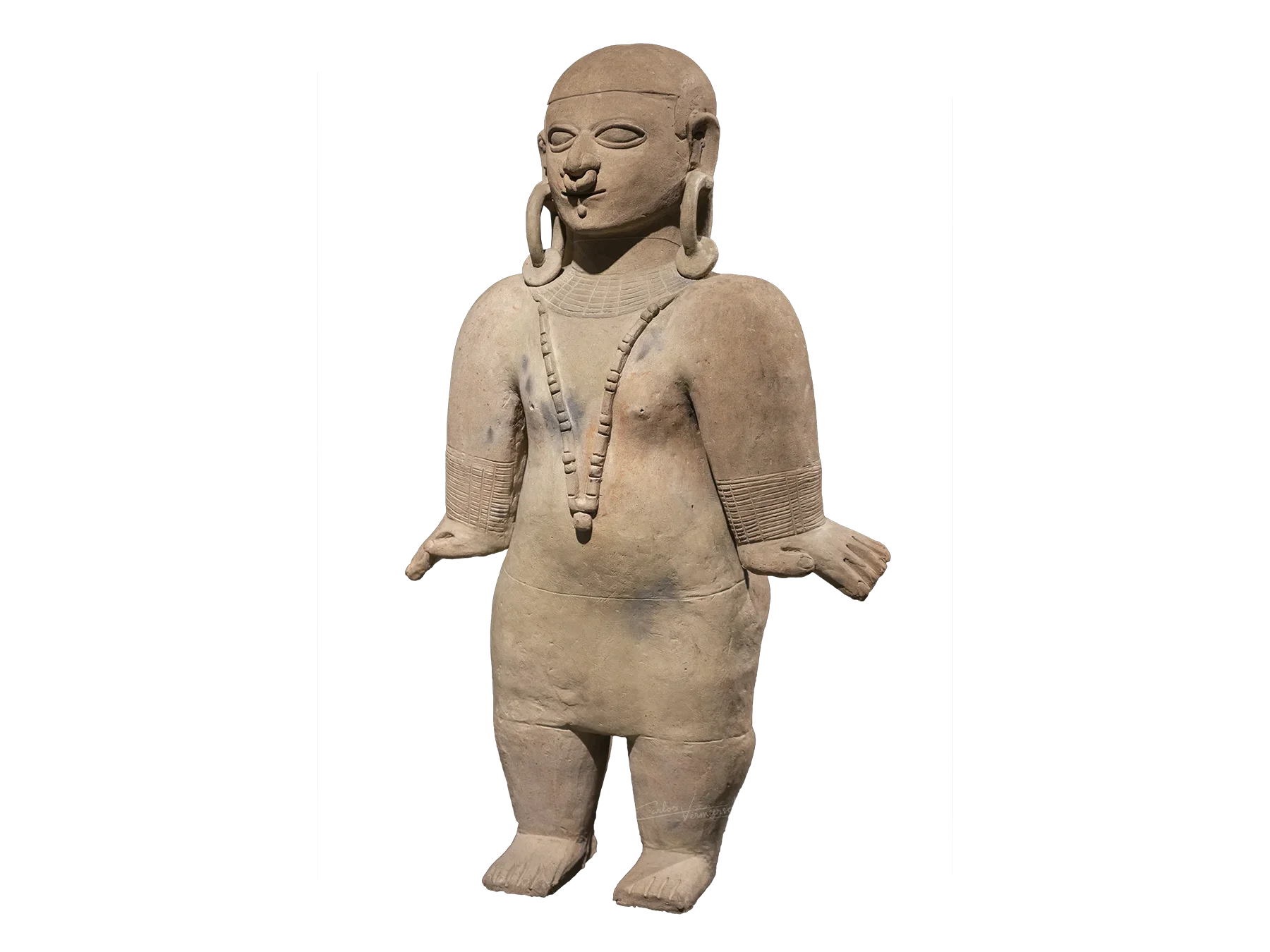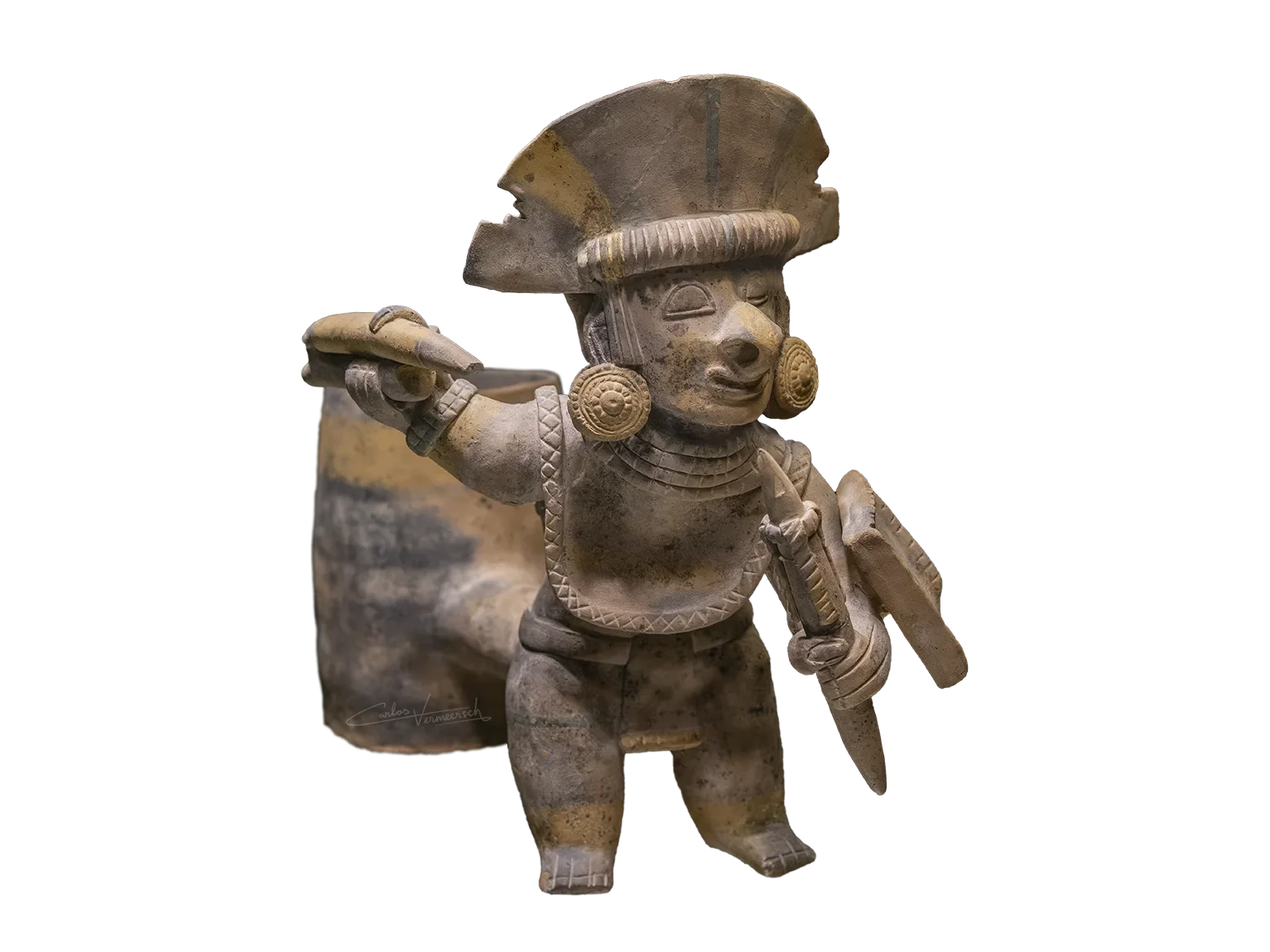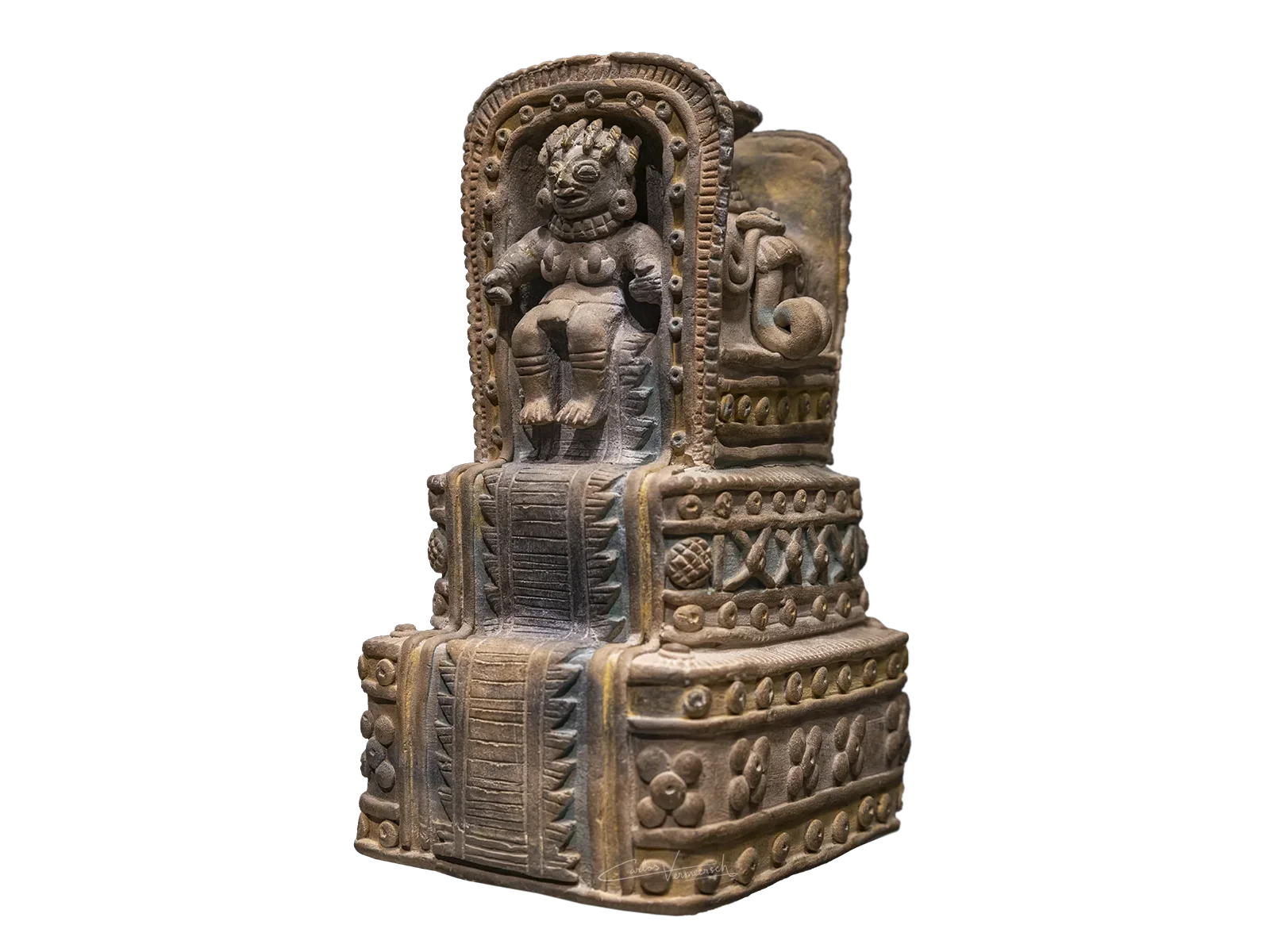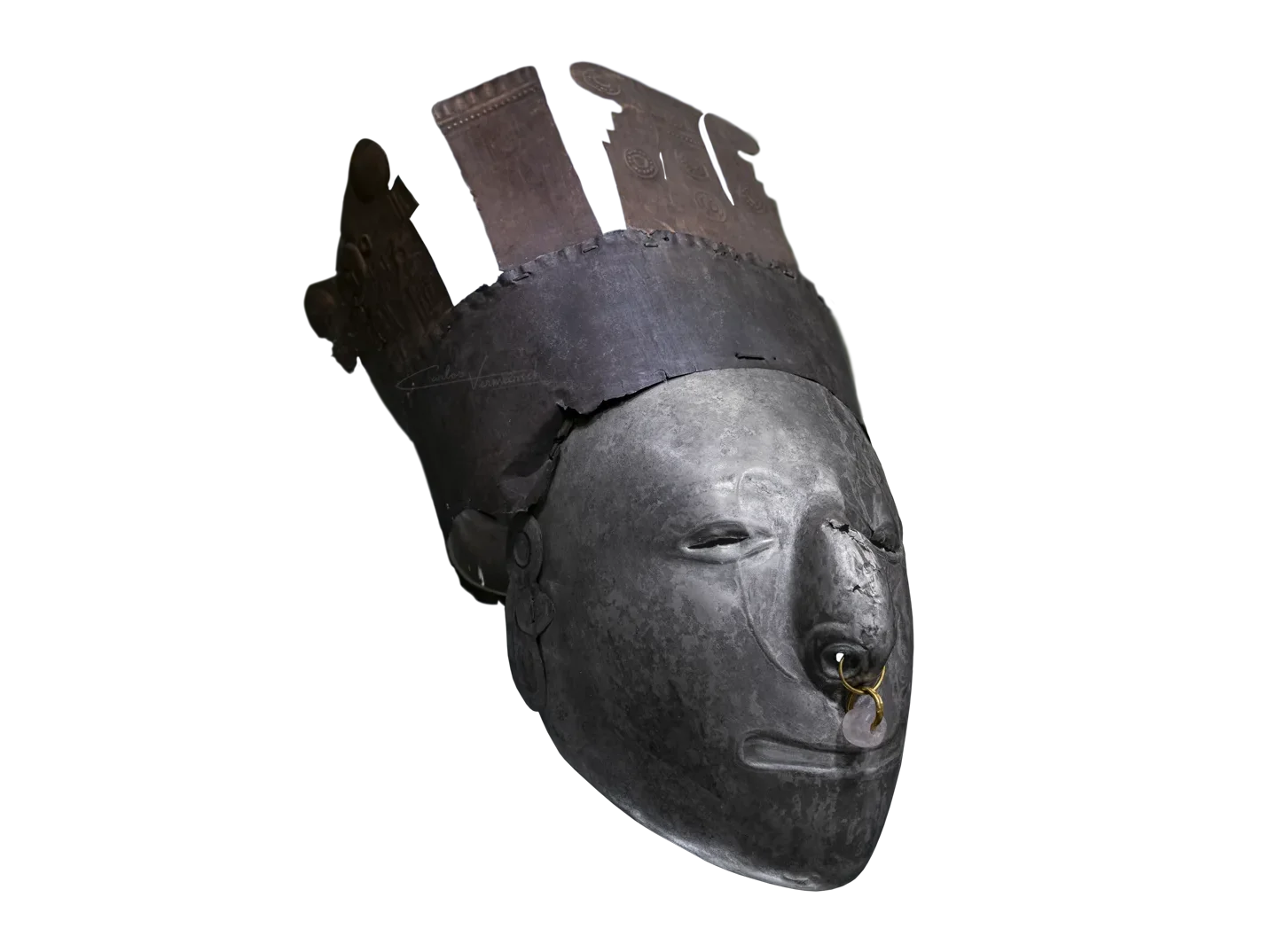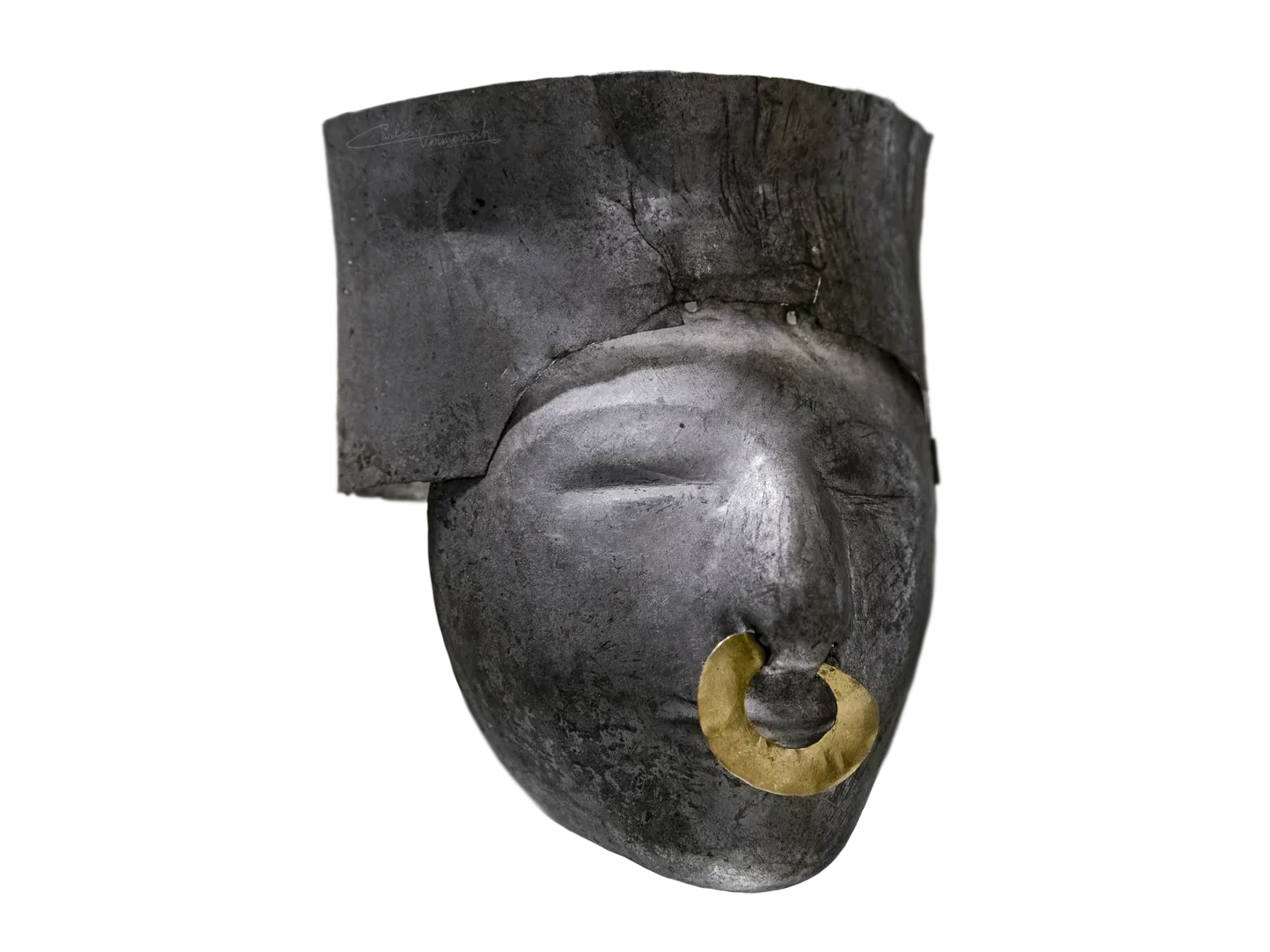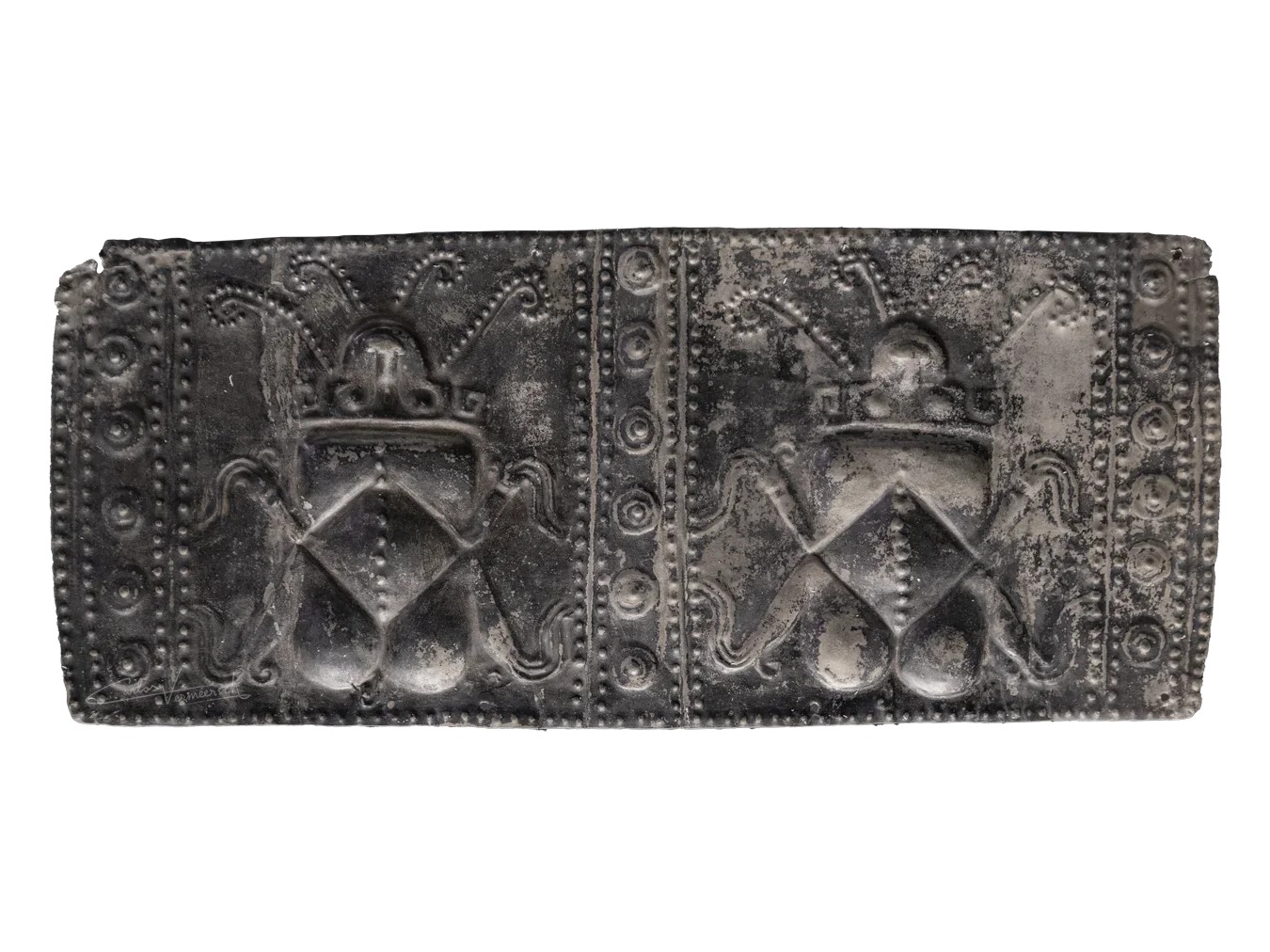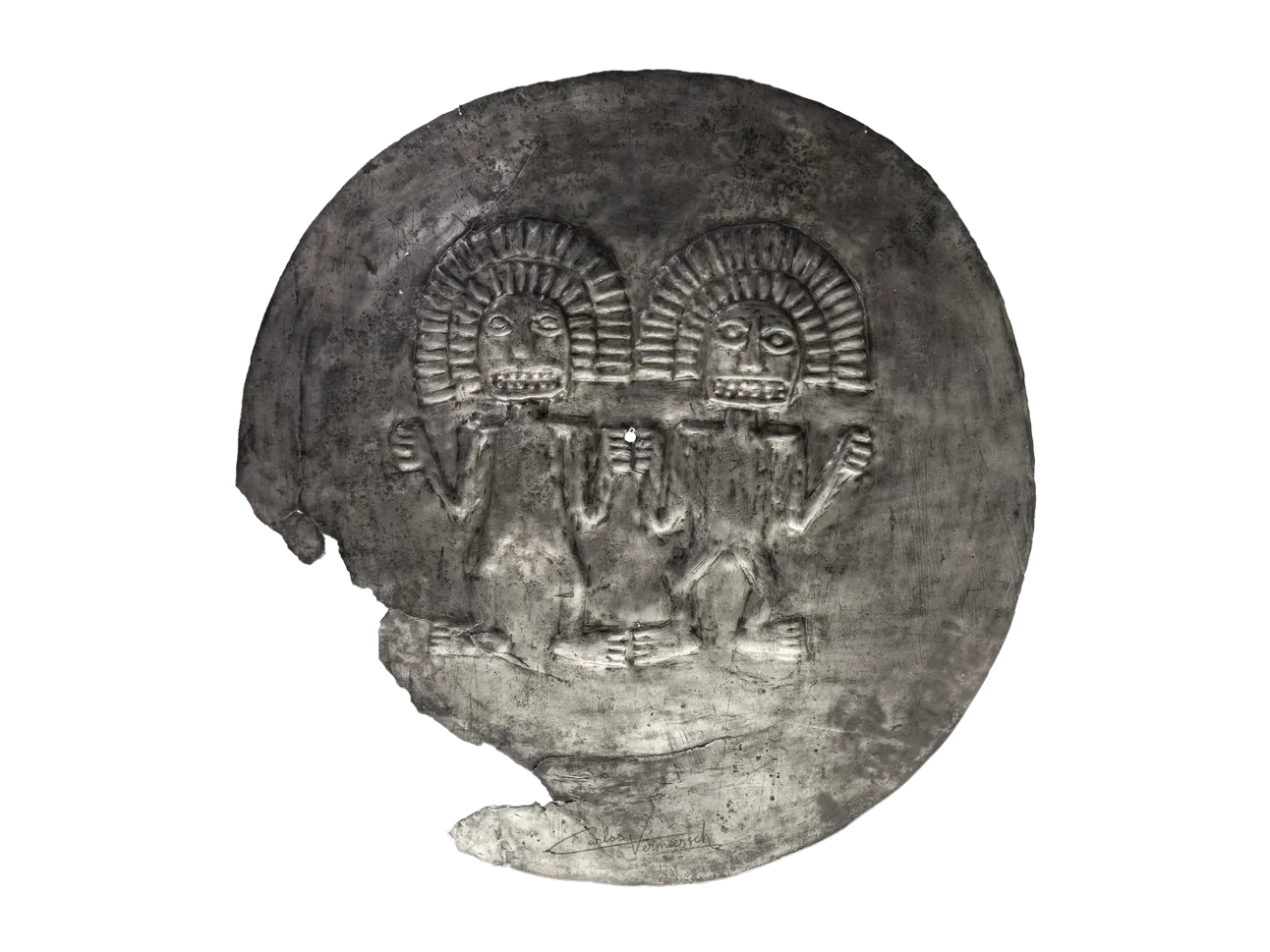Pre-Columbian History of Ecuador
- Carlos Vermeersch
- Dec 24, 2021
- 5 min read
Updated: Feb 25, 2024

Pre-Columbian Ecuador included numerous indigenous cultures, who thrived for thousands of years before the ascent of the Incan Empire. Las Vegas culture of coastal Ecuador is one of the oldest cultures in the Americas. The Valdivia culture in the Pacific coast region is a well-known early Ecuadorian culture. Ancient Valdivian artifacts from as early as 3500 BC have been found along the coast north of the Guayas Province in the modern city of Santa Elena.
Several other cultures, including the Quitus, Caras and Cañaris, emerged in other parts of Ecuador. There are other major archaeological sites in the coastal provinces of Manabí and Esmeraldas and in the middle Andean highland provinces of Tungurahua and Chimborazo. The archaeological evidence has established that Ecuador was inhabited for at least 4,500 years before the rise of the Inca.
Great tracts of Ecuador, including almost all of the Oriente (Amazon rainforest), remain unknown to archaeologists, a fact that adds credence to the possibility of early human habitation. Scholars have studied the Amazon region recently but the forest is so remote and dense that it takes years for research teams to survey even a small area. Their belief that the river basin had complex cultures is confirmed by the recent discovery of the Mayo-Chinchipe Cultural Complex in the Zamora-Chinchipe Province.
The present Republic of Ecuador is at the heart of the region where a variety of civilizations developed for millennia. During the pre-Inca period people lived in clans, which formed great tribes, and some allied with each other to form powerful confederations, as the Confederation of Quito. But none of these confederations could resist the formidable momentum of the Tawantinsuyu. The invasion of the Inca in the 15th century was very painful and bloody. However, once occupied by the Quito hosts of Huayna Capac, the Incas developed an extensive administration and began the colonization of the region.
The pre-Columbian era can be divided up into four eras:
1. Preceramic Period (end of the last glacial—4500 BC)
Las Vegas Culture (9000—4600 BC)
El Inga (9000—8000 BC)
2. Formative Period (4500—600 BC)
Valdivia Culture (3500—1500 BC)
Machalilla Culture (1500—1100 BC)
Chorrera Culture (900—300 BC)
3. Period of Regional Development (600 BC—400 AD)
La Bahía (300 BC—500 AD)
La Tolita Culture (600 BC—200 AD)
Guangala (100—800 AD)
4. Period of Integration and arrival of the Inca (400 AD—1532 AD)
Los Manteños (600—1534 AD)
Los Huancavilcas (600—1530 AD)
Quitu-Cara Culture and the Kingdom of Quito (400—1532 AD)
The Inca (1463—1532 AD)
La Tolita Culture (600 BC—200 AD)
The culture of La Tolita developed in the coastal region of Southern Colombia and Northern Ecuador between 600 BC and 400 AD. A number of archaeological sites have been discovered and show the highly artistic nature of this culture. Already extinct by the time of the Spaniards arrival, they left a huge collection of pottery artifacts depicting everyday life. Artefacts are characterized by gold jewellery, beautiful anthropomorphous masks and figurines that reflect a hierarchical society with complex ceremonies.
Anthropomorphic golden funerary mask with platinum eyes.
Anthropomorphic golden ornament.
Golden and platinum ornament of a monkey head.
Golden ornament with platinum and turquoise eyes.
The Sol de Oro is the most prominent artifact from the La Tolita Culture. It is a sun-shaped mask dated between 600 BC and 400 AD. It was probably worn by a Shaman who knew the agricultural cycles, and used it for sowing and harvesting rituals. It has an anthropomorphic face with a jaguar mouth. The wavy rays bursting from the head are grouped into three bundles and are formed by slithering snakes tipped with human faces. At the base of the upper bundle of rays, there are two mythical crested animals that resemble dragons, which are common in the pre-Columbian art of the western South American coast, from Peru to Panama. The Sol de Oro is a piece of 21 karats and 284.4 g in weight, and its size is 64 by 40 cm. It is an embossed sheet fashioned from a natural alloy of gold and platinum. The provenance of the mask was until recently uncertain and was one of the most controversial among ancient Ecuadorian metallurgy. For years it was debated whether its origin lies in the Sig-Sig and Chordeleg area in the province of Azuay, or the area of La Tolita in the province of Esmeraldas. Finally, the results of neutron activation analysis have revealed the raw material has a coastal origin.
Mythical four-eyed caiman statuette.
Jaguar censer.
Jaguar vase ornament.
Head of a mythical creature.
Statue of a priestess.
La Bahía Culture (500 BC—650 AD)
The Bahía culture inhabited modern Ecuador between 500 BC and 650 AD, in the area that stretched from the foothills of the Andes Mountains to the Pacific Ocean; and from Bahía de Caráquez to the south of Manabí.

Jama-Coaque Culture (355 BC—1532 AD)

The Jama-Coaque culture was settled in the North of modern-day Province of Manabí of Ecuador, mainly in the area between the Coaque and Jama rivers, from which it takes its name. It existed for approximately 2000 years, spanning from 355 BC to 1532 AD, with a possible subsequent permanence during the early colonial period of the country. The material culture of the Jama Coaque includes animal and human representations in stone and metal, but the best-known aspects of the Jama Coaque culture are its ceramic vessels and figurines probably made for ritual purposes. Depicting warriors, musicians, hunters, and dancers, the figures were mold-made and have appliqué decorations that were made in smaller molds. Some figures are attached to vessels, but most are freestanding. Jama Coaque figures share similarities with other coastal sites of the period, but are often more richly clothed and elaborately adorned.
A vessel attached to a figure of a warrior wielding an atlatl (an Aztec loanword for "spear-thrower") and shield, pertaining to the Jama-Coaque culture, centred in northern modern-day Ecuador and dated between 355 BC and 1532 AD.
A statuette of a step-pyramidal temple of the Jama-Coaque culture, centred in northern modern-day Ecuador and dated between 355 BC and 1532 AD.
Manteño Culture (500—1532 AD)
Silver mask with copper crown and crest, and golden nose ring with a quartz bead. Manteño culture, dated between 500 and 1532 AD.
Small silver head with golden nose ring, belonging to the Manteño culture, centred in modern-day Ecuador and dated between 500 and 1532 AD.
Embossed silver plaque depicting two beetles, of the Manteño culture, centred in modern-day Ecuador and dated between 500 and 1532 AD.
Embossed silver pectoral of the Manteño culture, centred in modern-day Ecuador and dated between 500 and 1532 AD.
The Manteño civilization was one of the last pre-Hispanic civilizations in modern-day Ecuador. The civilization mainly grew fruits and vegetables, such as maize, squash, tomatoes, and peanuts. They built their houses using straw, palm leaves, or a type of bamboo native to the region, with a stone foundation. The Manteños were also specialized in diving for 𝘚𝘱𝘰𝘯𝘥𝘺𝘭𝘶𝘴, a bivalve native to the warm waters of coastal Ecuador, and which was believed to be food of the gods. They also used its orange and purple shell as currency, and it was used in trade across regions as far north as Mexico. The Manteños were never conquered by the Inca, who let the Manteños buy their independence with the divine Spondylus that only they knew how to retrieve due to their diving abilities.

Carchi-Nariño Culture (700—1700 AD)

The Carchi-Nariño culture developed in the mountains of Nariño (Southern Colombia) and Carchi (Northern Ecuador) from 700 to 1700 AD. They harvested quinoa and raised llamas for agriculture and trade. They made artwork out of materials such as wood, strings, and wool. Their work sometimes took the form of shaft burials, some being extremely deep, as much as 50 m. Their pottery reached important artistic development, being recognizable by its forms and decoration, emphasizing the negative painting or positive bicolor. Their jewelry work stands out for the large gold pectorals, nose rings, discs and plaques, all made with fine gold sheets and with complex geometric designs.
